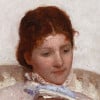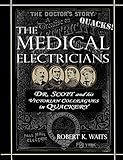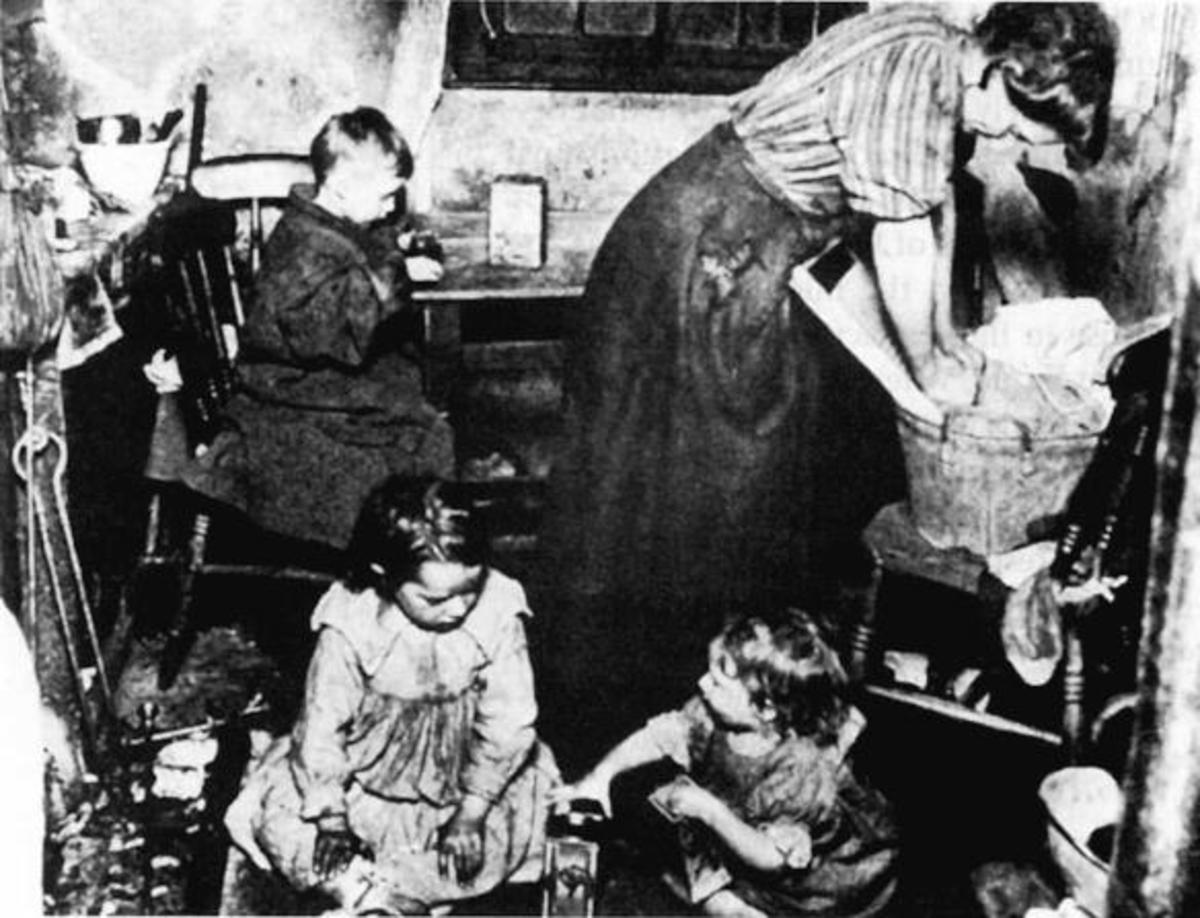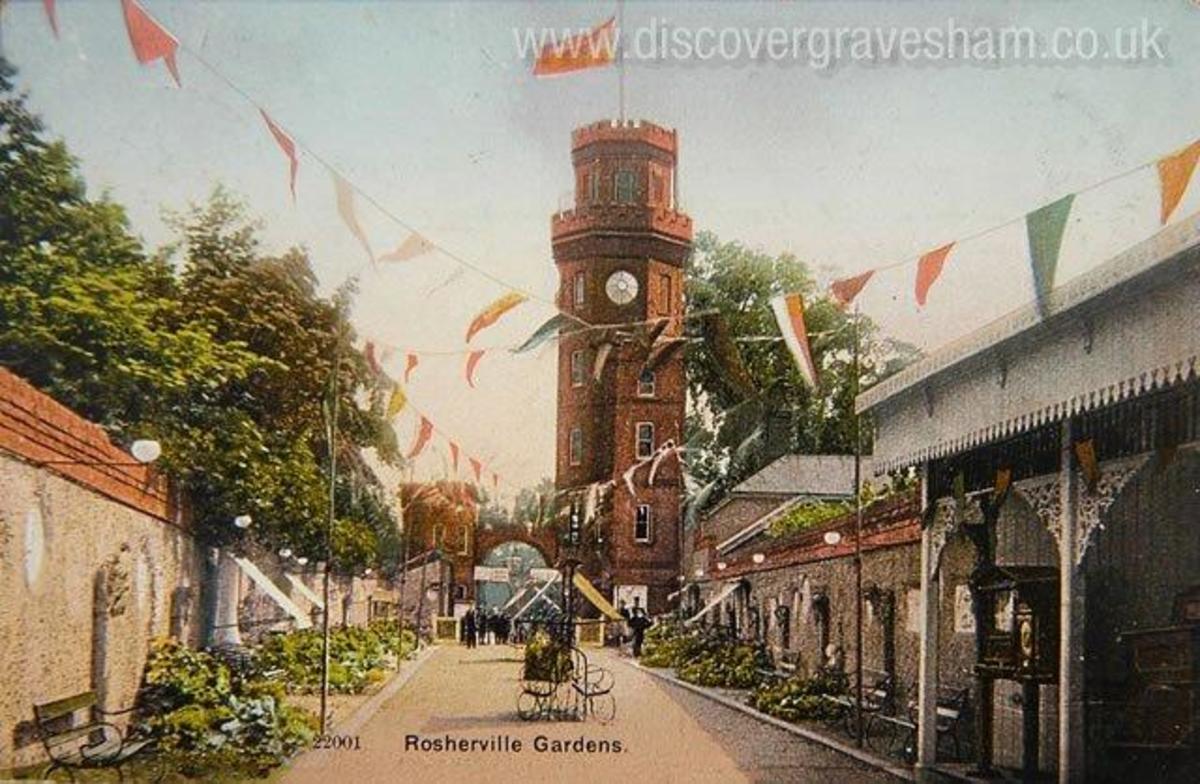- HubPages»
- Education and Science»
- History & Archaeology»
- History of the Modern Era
Dr. Trask's Magnetic Ointment
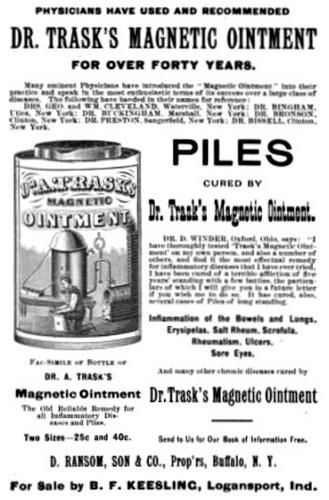
A Startling Cure
Over on my history blog I've written about several Victorian cures which featured adjectives like magnetic or electric: there were chains, teething necklaces, oils, soaps, brushes and therapeutic belts and corsets - just to name a few (I know that this is a corny expression but really, these are just a few of the wacky magnetic things the Victorians manufactured and bought). Well, here is Dr. Trask's Magnetic Ointment, "the Old Reliable Remedy for all Inflammatory Diseases and Piles."
It was also supposed to be good for people with Salt Rheum, Sore Eyes, and Scrofula. Scrofula was a form of tuberculosis affecting the lymph nodes in the neck; and Salt Rheum was supposed to be a blood disease that was evinced through skin eruptions. One health guide of the 1880s suggested curing Salt Rheum with a nice petroleum rub - or, alternatively, staying in bed drinking tea made of warm water in which bread crusts have been stepped [The Guide Board to Health Peace and Competence , 1869].
Perhaps a Magnetic Ointment would be a good alternative to the petroleum and the bread crust tea. So let's take a closer look at the stuff and see what is in it - and whether it was any good.
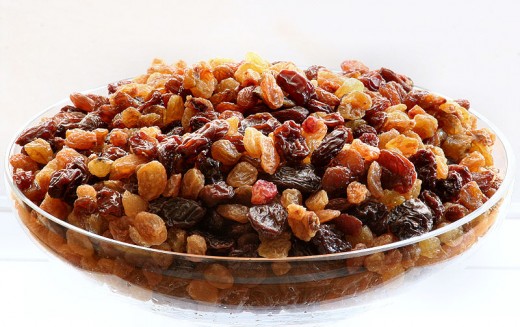
"A Striking Name"
Dr. George Trask first manufactured and sold his Magnetic Ointment in either 1846 or 1848, according to this source (which has a list of 19th century magnetic medicines that is truly amazing). He was also a vehement anti-smoking crusader, which I have written about over here. That post is mostly about Trask's anti-smoking campaign, though.
You won't be a bit surprised to learn that Trask's Magnetic Ointment was not a bit magnetic. What will surprise you are the ingredients: raisins, lard and nicotine - that last one is just a bit ironic for an anti-smoking doctor, don't you think? I can't imagine how Dr. Trask hit upon that particular recipe - it is almost as if he was making a fruit cake while examining his secret pipe tobacco pouch (and what a picture that conjures up in one's mind!).
Dr. Trask never explained why he called his strange mixture Magnetic Ointment, but an 1879 article entitled "Medical Manias" in the Canadian Monthly and National Review (vol. 3, p. 260) noted that:
Another trick of patent medicine is to give a striking name to their medicines. There is something fascinating in a drug that has bottled up in it electricity in a fluid state, and is called 'Electric Oil,' or in an ointment that has laid away in it magnetism, and which goes by the taking appellation of 'Magnetic Ointment.'
Another book - a genealogical history of the Mudge family, in fact* - suggests that Dr. Trask didn't even make the stuff himself, but that the Mudge brothers William, Leander and Isaac Raymond of Earlville, New York had "in 1847...put into the market of some twenty different States an article well known and sold by most of the druggists as Trask's Magnetic Ointment."
I haven't been able to find out anything else about this odd claim. If it's true, why didn't they call it Mudge's Magnetic Ointment? Isaac Raymond Mudge was known, by the 1860s, for his medicinal (but not magnetic) rhubarb-based concoction, Mudge's American Sherry. But that, as they say, is another story (or in this case, another Hub).
*Memorials: A Genealogical Account of the Name of Mudge in America (1868), by Alfred Mudge p 167
